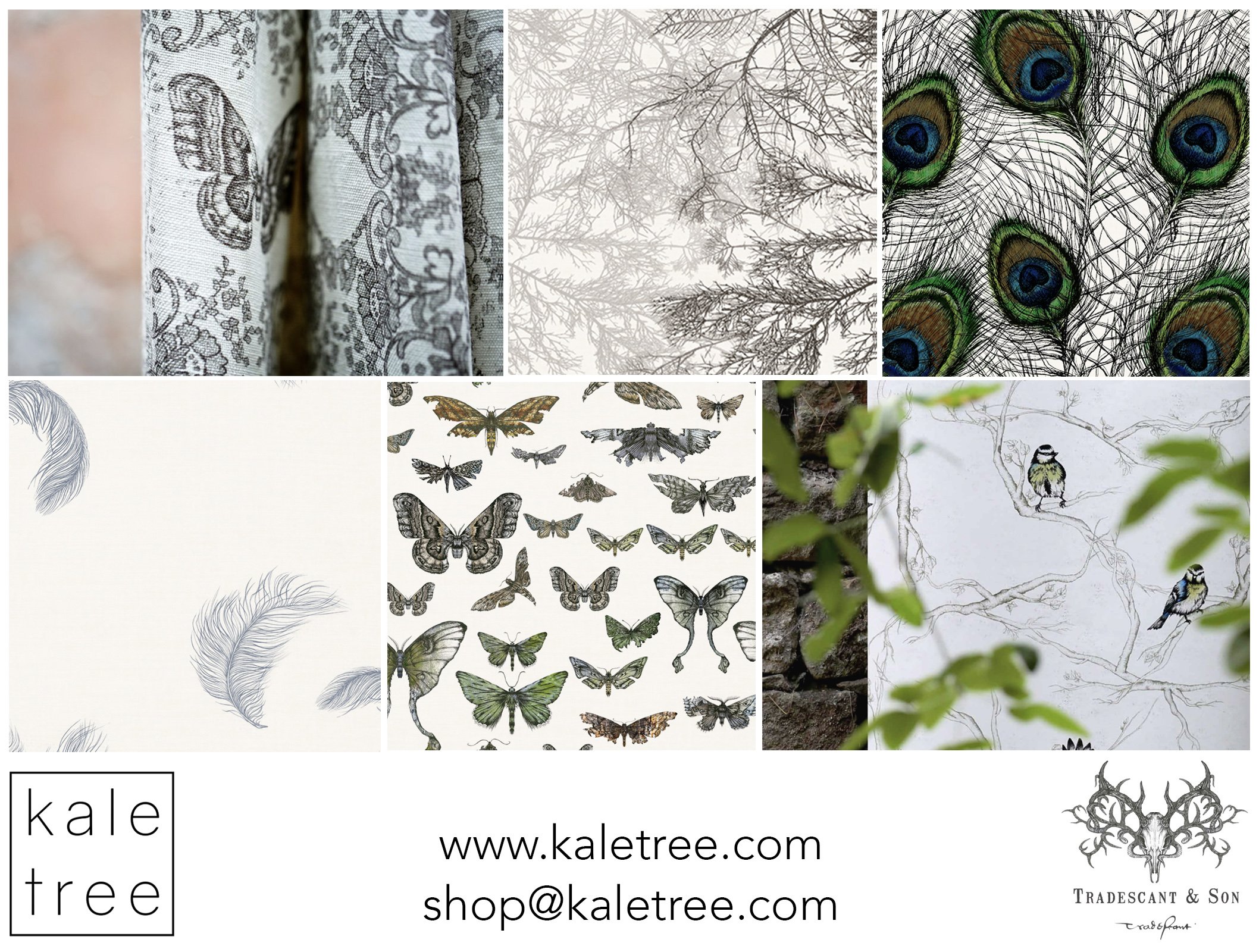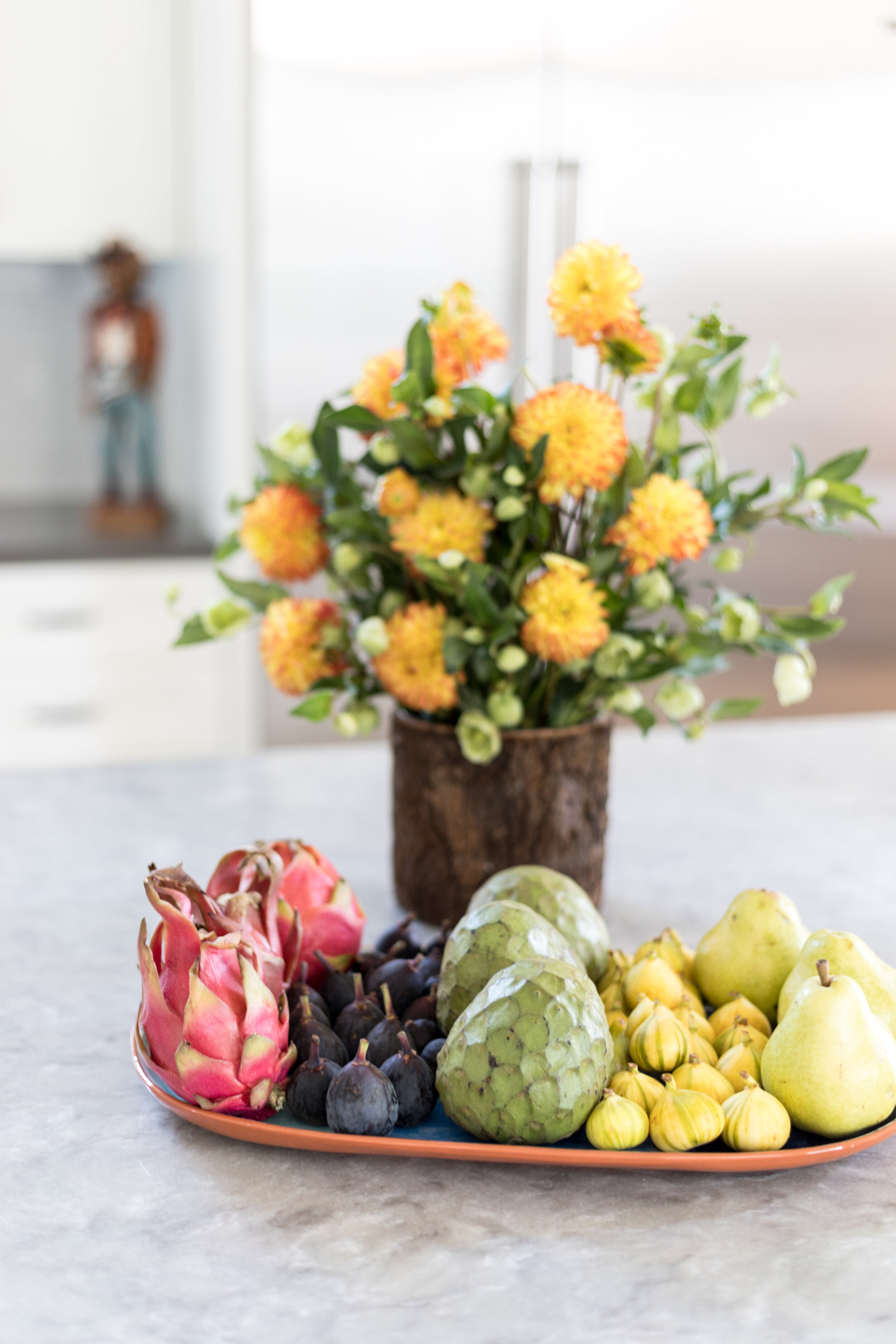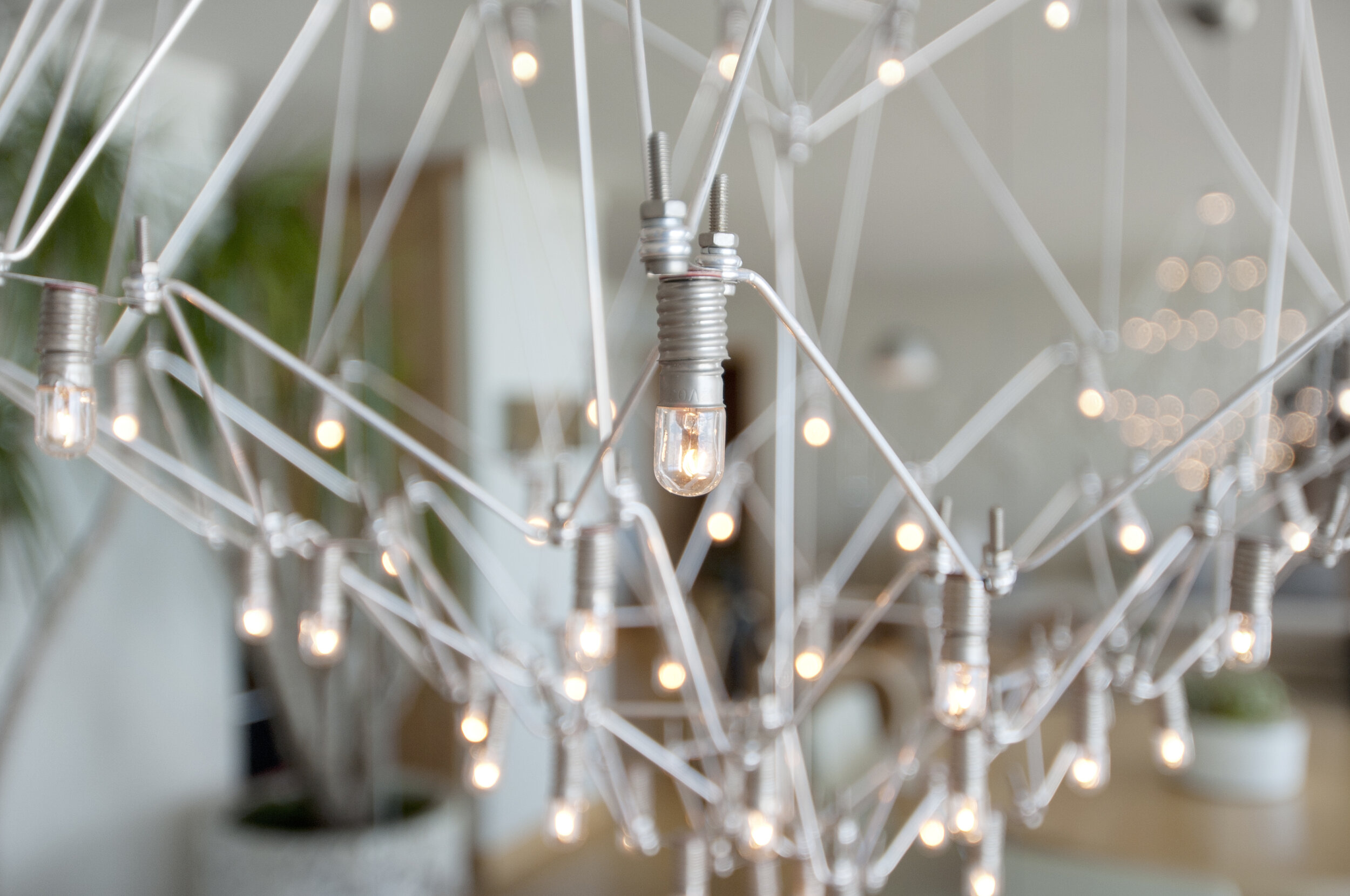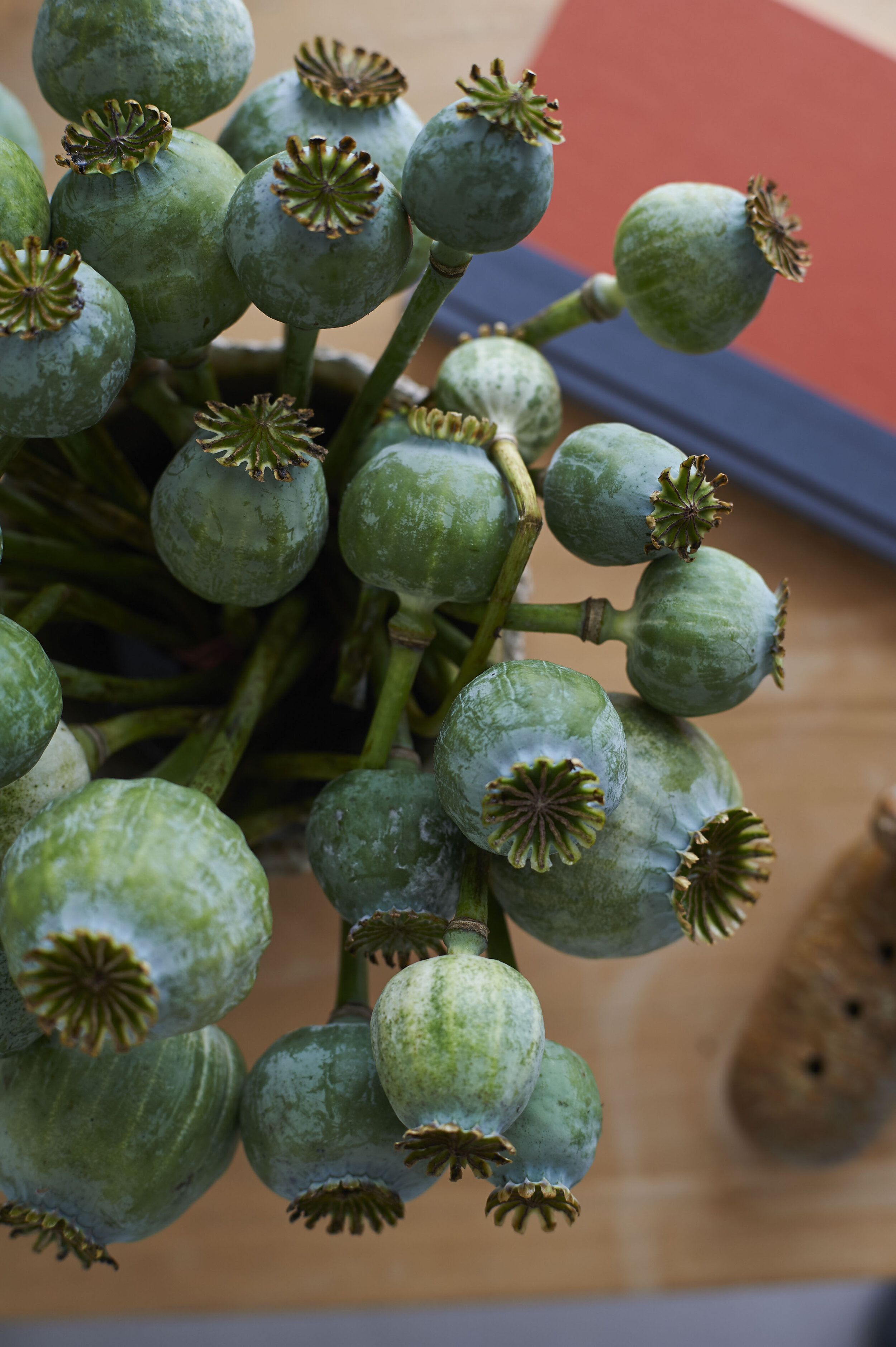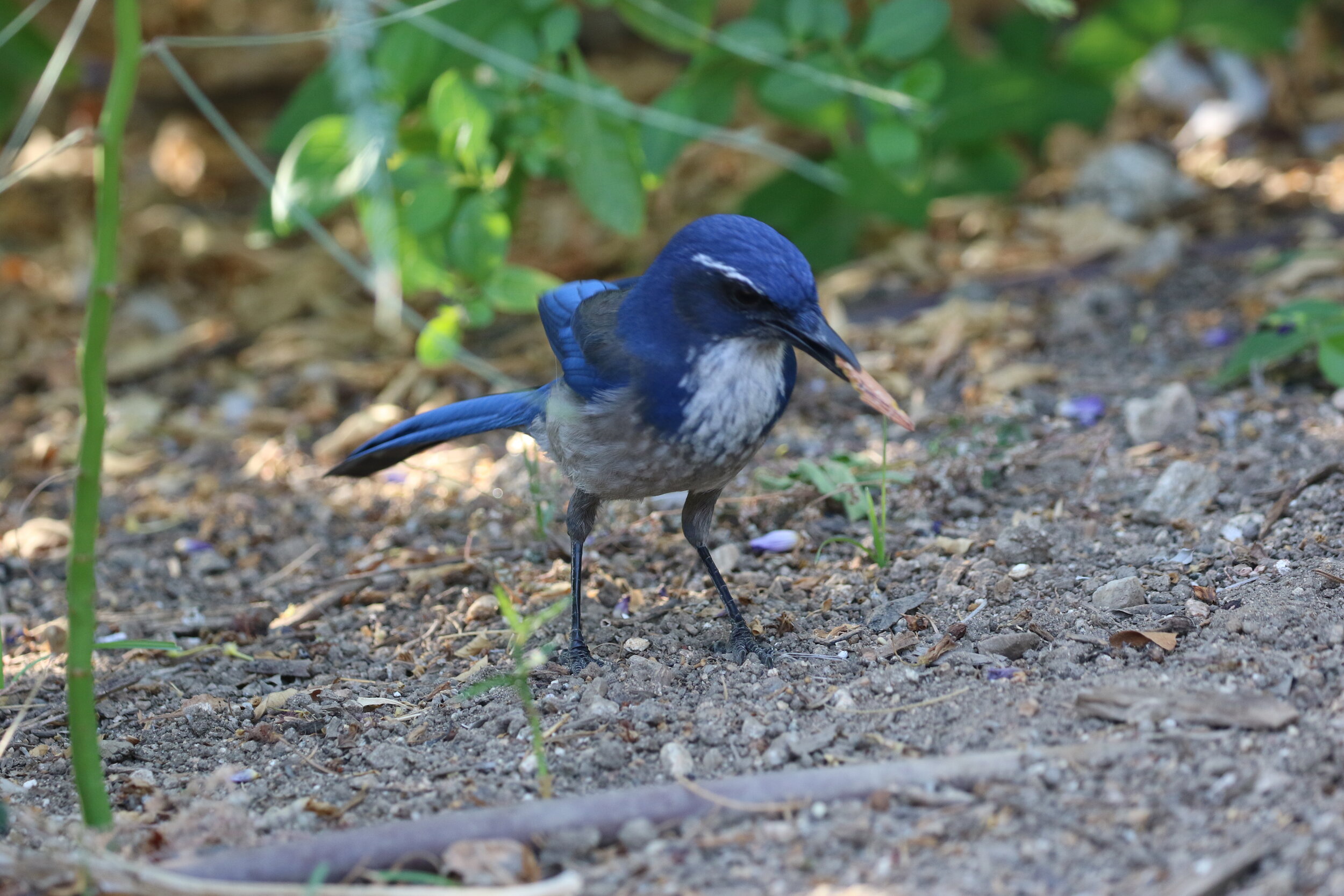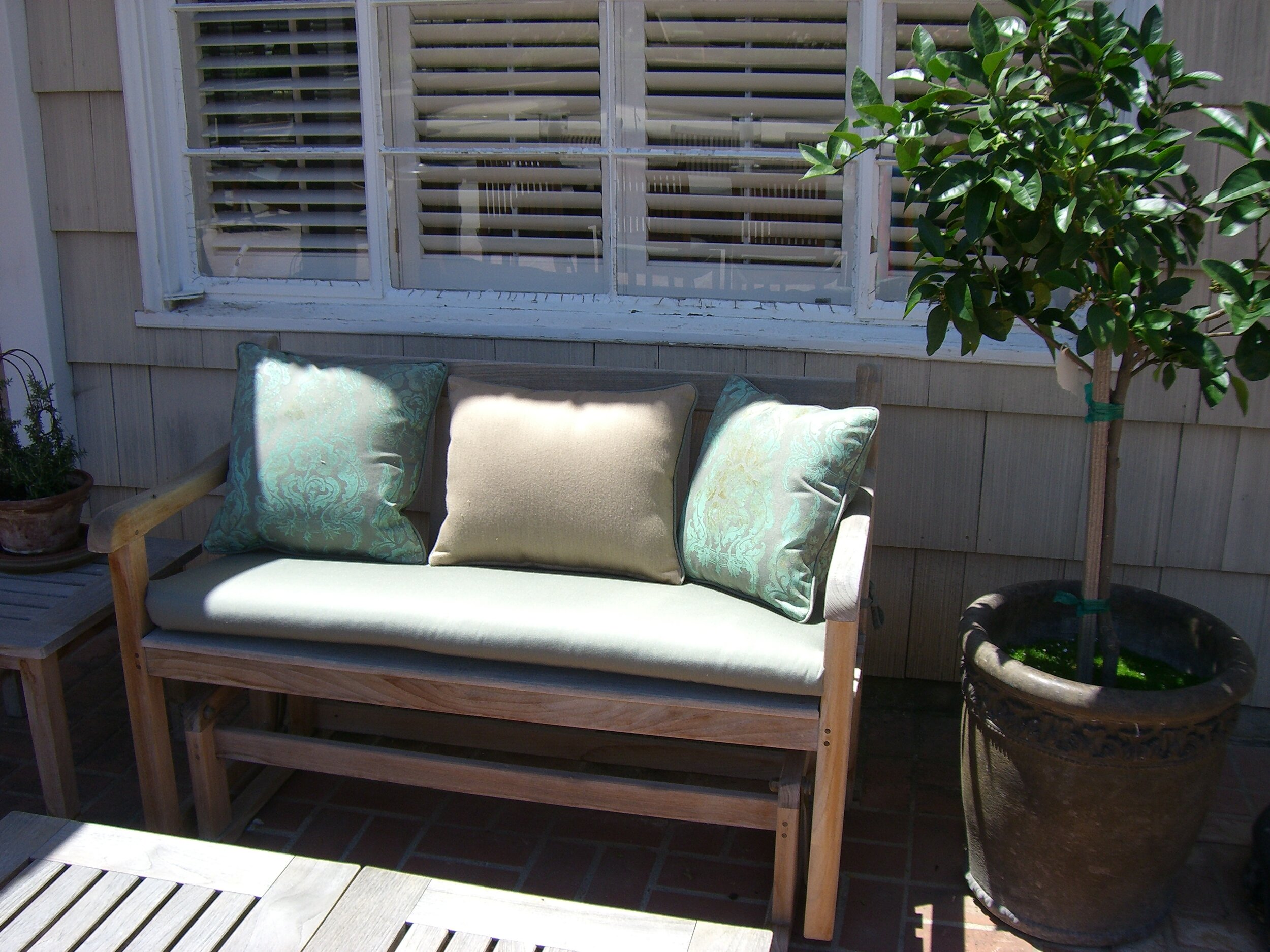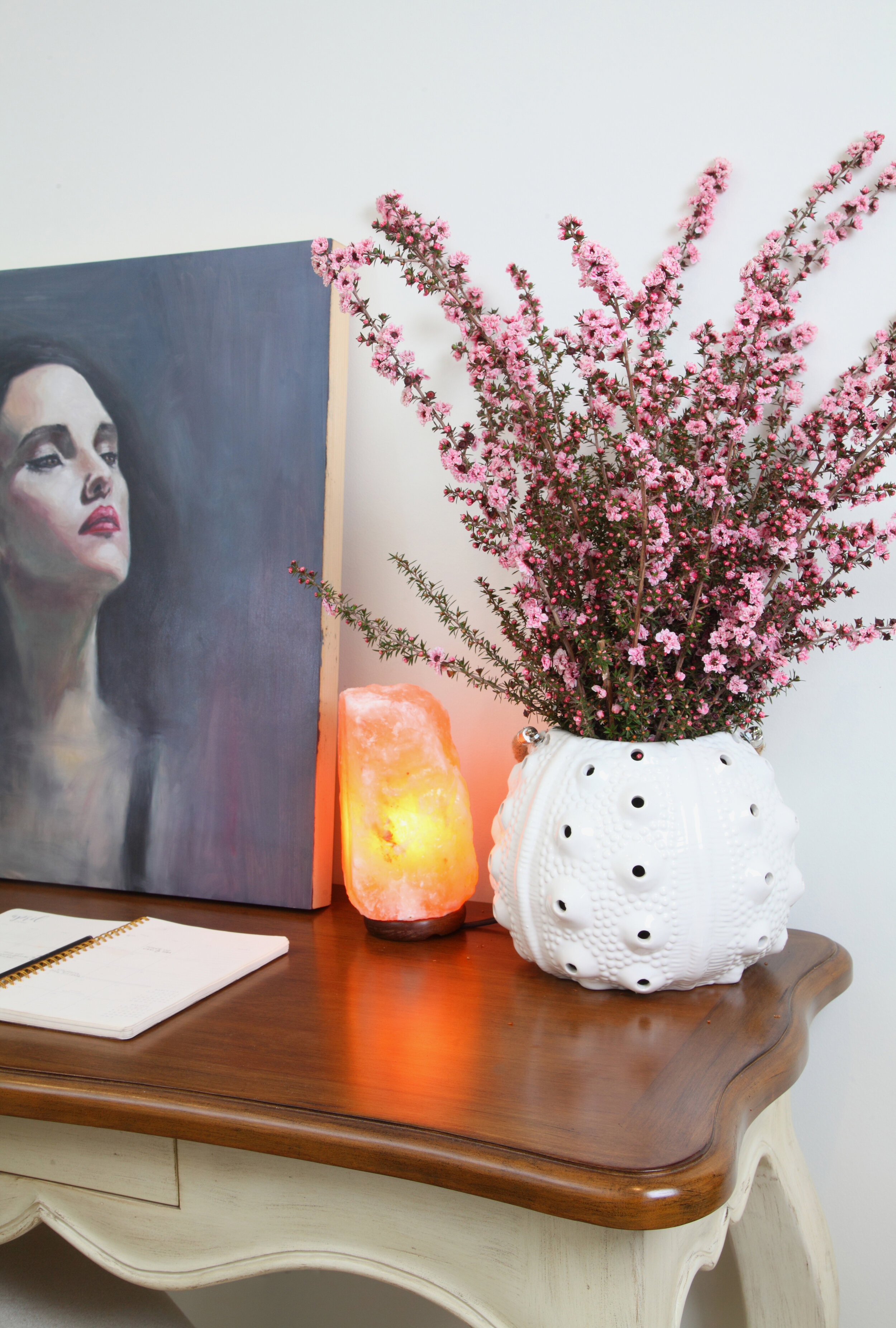Sarah Barnard Design Wins Best of Houzz Design Award
/Sarah Barnard Design has been awarded Best of Houzz Design this year. This award season marks the 10th anniversary of the Best of Houzz program and Sarah Barnard's sixth consecutive year earning the Best of Houzz Design award. Recipients of the award represent only 3% of the millions of home design professionals on the Houzz platform. The Best of Houzz Design award recognizes home design professionals that provide extraordinary design services and whose Houzz profile was most popular among the design community in the prior year.
Sarah Barnard's Ocean View Penthouse project is especially popular on Houzz. The Ocean View Penthouse project features an inspirational birds-eye view of the coastline, thoughtfully designed with references to nature to calm the senses. Sarah Barnard carefully curated a collection of eco-friendly furnishings and natural textiles, creating a serene space to promote Zen and wellness.
Custom, low-profile seating made with natural materials create a cozy space for conversation around a maple coffee table with a collection of organic objects next to a striking view of the ocean.
The dining area features a custom table made from maple and chrome, highlighted by a delicate chandelier reminiscent of a starry night. For the primary bedroom, Sarah Barnard selected eco-friendly finishes in leather, rattan, maple, and wool to complement a beautiful piece of custom commissioned artwork.
Throughout the years, Sarah Barnard Design has received ample praise from the Houzz community as she exhibits a fantastic source of inspiration for homeowners looking to improve their lives through wellness-focused home design. In addition to her 2022 Best of Design award, Sarah Barnard's Houzz profile was saved over 50,000 times by Houzz users. Her popularity on Houzz has given her several Houzz badges, including Star Houzzer, the Influencer Award, and the Recommended on Houzz badge. As a WELL & LEED accredited interior designer, Sarah Barnard is an expert in sustainable home design with a focus on personal health and mental wellness. With her passion for eco-friendly home design and immense knowledge of non-toxic materials, like-minded clients can achieve a healthy and happy home personalized to each individual's unique needs and sensory desires.
Sarah Barnard, WELL AP + LEED AP, is a leading designer of personalized, sustainable spaces that support mental, physical, and emotional wellbeing. An advocate for consciousness, inclusivity, and compassion in the creative process, Sarah's work has been recognized by Architectural Digest, Elle Décor, Vogue, HGTV, and many other publications. In 2017 Sarah was recognized as a "Ones to Watch" Scholar by the American Society of Interior Designers (ASID).








